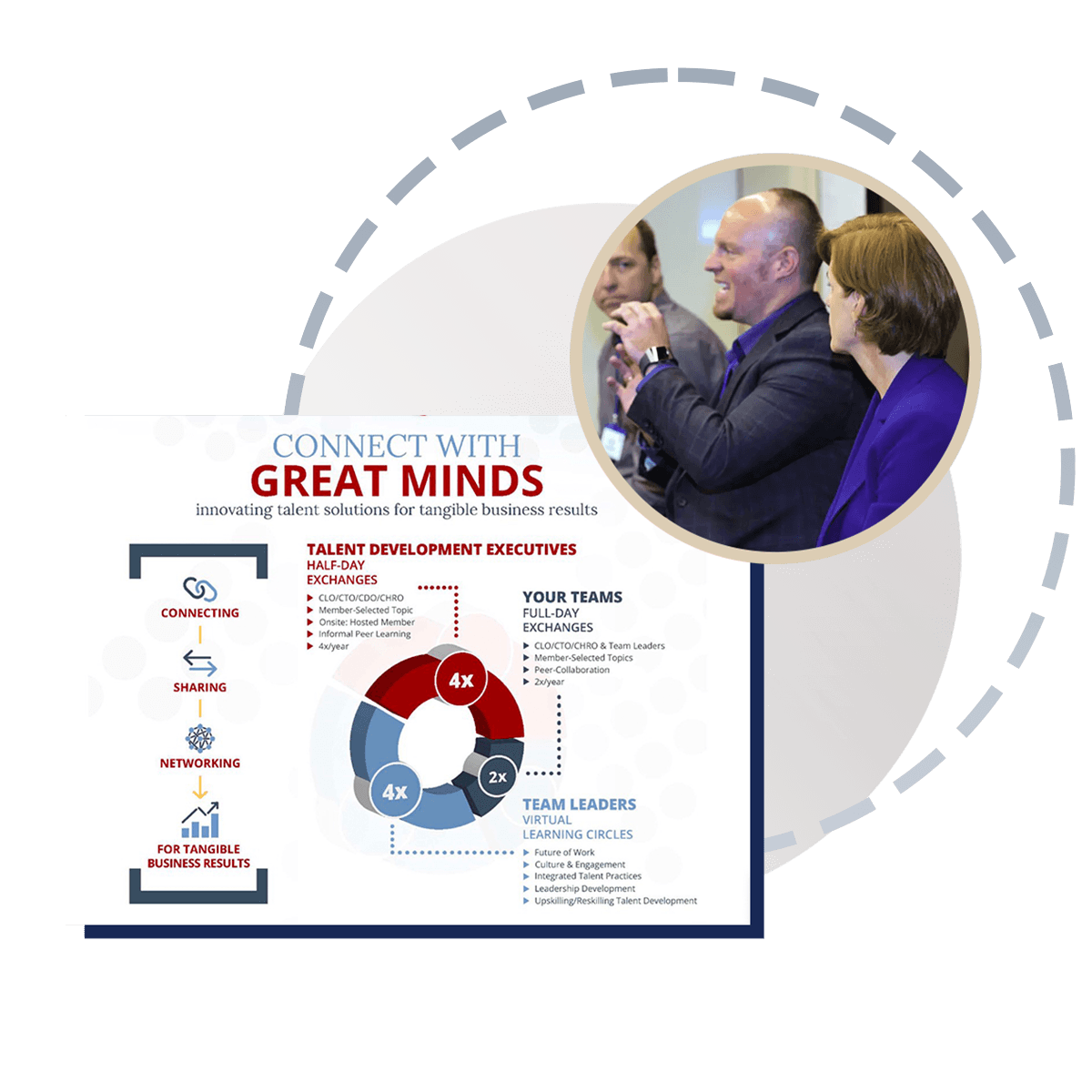For senior HR and L&D leaders, the greatest challenge isn't implementing change, but managing the cumulative human exhaustion from constant change. As Jennifer Rainey, IT Change Management Leader at Abbott, emphasized, "Change is no longer an event. It's the environment we live in."
This session delivered a powerful, practical case study on how Abbott IT successfully navigated large-scale transformations by embedding human-centered methodologies—shifting focus from process compliance to people adoption and empowerment.
Key Takeaways for Talent and L&D Leaders:
- The Power of Behavioral Economics: Attendees learned how to leverage behavioral science to identify the specific human barriers to adoption (e.g., status quo bias, loss aversion) and design targeted interventions that move people from passive resistance to active acceptance.
- The Three Pillars of Change Success: The session detailed Abbott's successful framework for managing concurrent change waves, focusing on:
- Sponsorship Alignment: Ensuring senior leaders don't just approve change but actively model the new behaviors.
- Stakeholder Empathy: Using deep listening and feedback loops to tailor communications and training, rather than delivering generic mandates.
- Adoption Measurement: Moving beyond system completion rates to measure the quality of skill application and the true adoption of new ways of working.
- Building the Muscle of Adaptability: The core insight was that the goal is not just to survive the current change, but to build organizational adaptability as a core, measurable capability—preparing the workforce to innovate and adapt continuously.
This post-session review provides the blueprint for leaders to replace generic change models with a human-centric approach that secures adoption, reduces employee burnout, and ensures strategic IT investments deliver on their business value.
